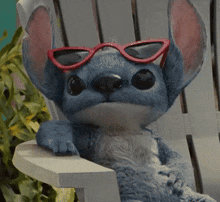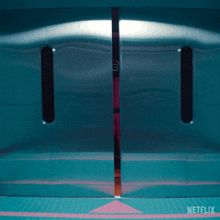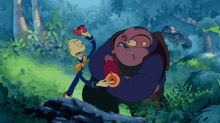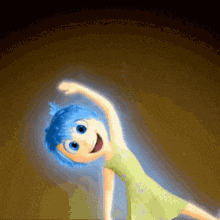
Disney’s latest live-action remake, Lilo & Stitch, opened to mixed reviews, leaving many fans with feelings of nostalgia tinged with incompleteness. However, a closer look at the film’s production reveals a story worth appreciating—even if some of the changes don't fully stay true to the original.
Let us slide into your dms 🥰
Get notified of top trending articles like this one every week! (we won't spam you)Ohana Means Family
Growing up with Lilo & Stitch means growing up with themes of belonging, family, and resilience. Watching this remake, I was struck by how these core messages were preserved while new elements were subtly woven in. In my view, this is one of Disney’s strongest live-action adaptations. It didn’t feel overly produced or dependent on CGI spectacle—it stayed grounded in character, culture, and heart.
In fact, the CGI elements were beautifully done, and each character came to life in its own unique way. Unlike The Lion King, where singing and talking animals in a live-action format felt somewhat unnatural, Stitch’s live-action design was extremely adorable, and all the live-action segments kept me wanting more.

Take the Quiz: Which Squid Game Player Are You?
Ever wondered which player you’d be if you found yourself in the Squid Game universe? Take this quiz to find out which character matches your perso...
Authentic Casting
The cast deserves special recognition. With a majority-Hawaiian lineup, each actor brought authenticity and life to their role. It was refreshing to see lesser-known faces portray beloved characters, especially the actress who played Lilo.
Maia Kealoha’s performance captured the emotional complexity of today’s youth: vibrant, vulnerable, and deeply connected to her sense of home. In her interviews, she expressed joyous sentiments, and the value of casting a new actor to portray a character's authenticity added meaningful depth to the film.
For me, not only are the internal characteristics of characters important, but the cast's inclusion of a variety of skin tones and darker representation served to be crucial in featuring a proper representation.
New Story Elements
The film also introduced updates to the story. Nani’s arc, for example, explored the challenges of balancing personal growth with familial responsibility. Her struggle to leave for college while staying emotionally present for Lilo added a new dimension to the theme of 'ohana (family). The role of community was also emphasized, showing how collective support can carry families through hardship.
This added element has sparked mixed views. Personally, I feel that although leaving for college doesn’t fully align with the message that “ohana means family and nobody gets left behind,” the depiction of a supportive community demonstrates that family can also be found in close friends and neighbors. If the film had incorporated more screen time for supporting characters like David and Tutu, it could have further enriched this newer message.

Minor Shortcomings
One critique I had was the portrayal of Jumba and Pleakley. For much of the film, they appear in human form rather than as their original alien selves. While this may have been a budget-driven decision, it took away some of the quirky charm that made them fan favorites. Their human disguises felt slightly awkward and out of place within the otherwise heartfelt and whimsical tone of the movie.
Conclusion
While Lilo & Stitch may not be a perfect remake, it successfully honors the emotional core of the original. With strong performances, thoughtful cultural representation, and new insights for a modern audience, the film offers more than just nostalgia—it invites a new generation into the story. Despite a few missteps, Disney’s latest remake proves that heart, heritage, and humor can still shine through the re-imagination.





.jpg)





